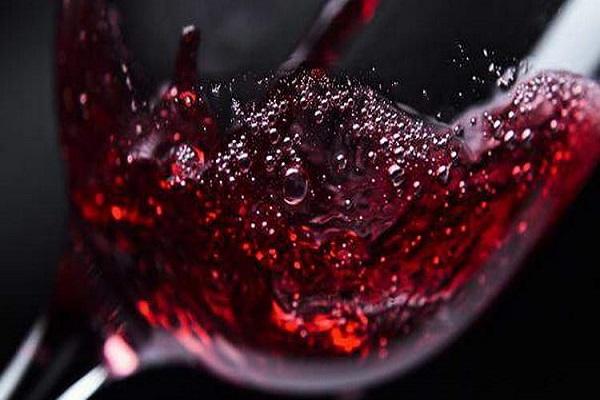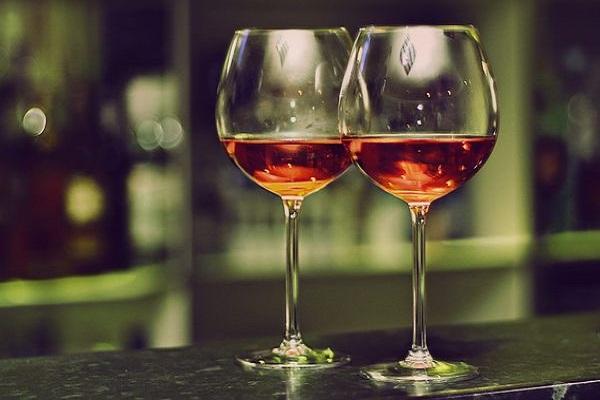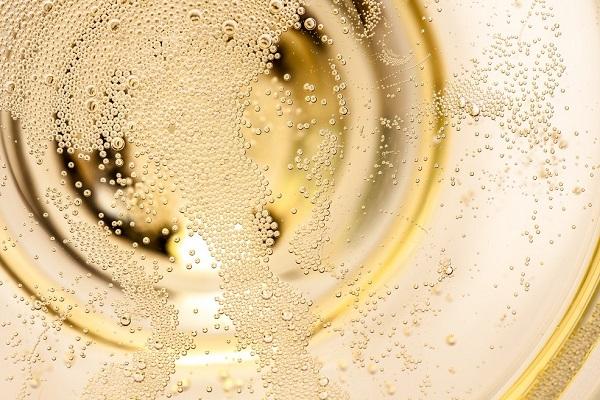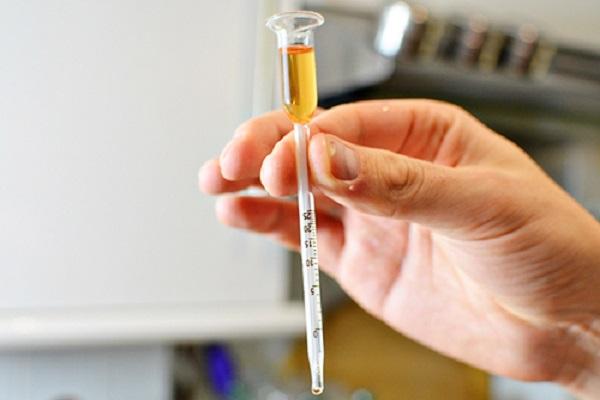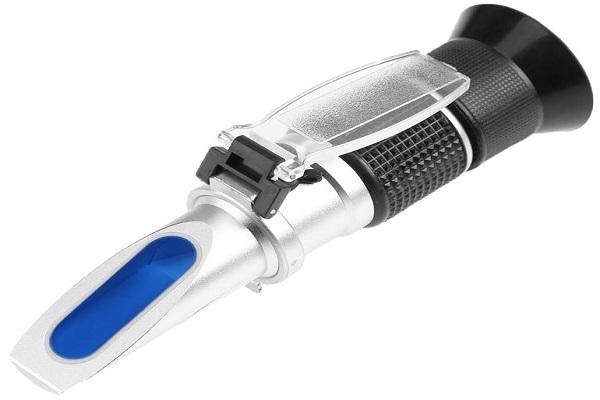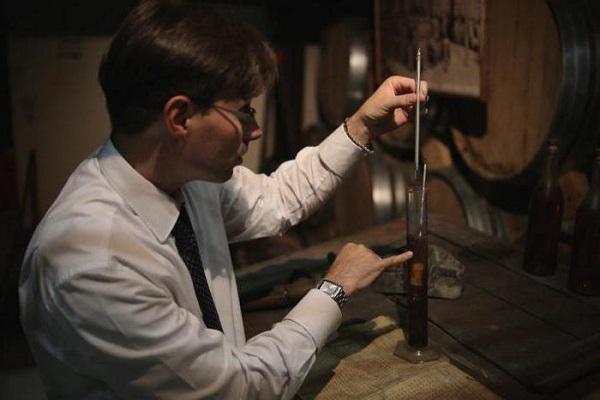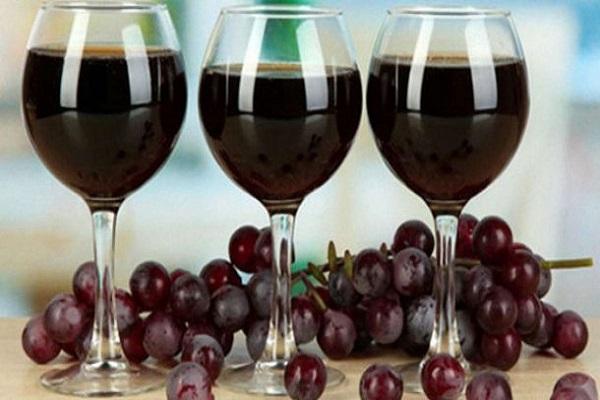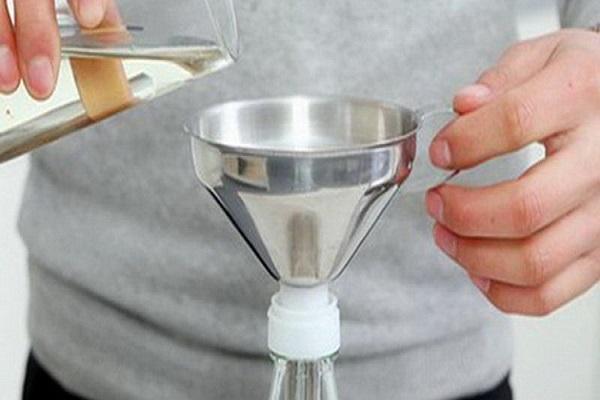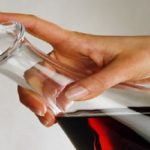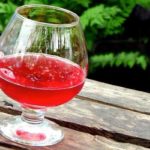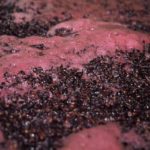Different varieties of grapes are used to make wine drinks. Adding fruits, spices or herbs makes the bouquet of wines unusual and memorable. The strength of a wine is expressed as a percentage of alcohol. When answering the question of how many degrees wines contain, how to determine strength at home, take into account the amount of added sugar, as well as the sugar content and acidity of the raw materials.
Strength of different types of wine
The traditional way of making wine involves using a specific grape variety. Often the criterion when choosing a drink for a home feast is the strength indicator.
Calculation of the strength indicator directly depends on the variety and variety of grapes:
- Wine varieties are used to prepare classic drinks. Wine grapes are small and sweet, they have a seed;
- table grape variety is large, seedless, it is suitable for making a table drink without specifying the area where the raw materials grow;
- for varietal wines, grapes of the same variety are used;
- non-vintage wines are produced by mixing berries from different harvests;
- Blend wines are made by mixing several grape varieties.
Dining room
The direct purpose of the table drink is to drink during a meal. It is distinguished by the simplicity of the bouquet, the absence of memorable flavor shades, and a certain strength, from 9 percent. To make table wine, only table grape varieties are used.
The manufacturer and geographic location where raw materials are collected may vary significantly. For example, a French vineyard can become a supplier for the production of Argentine table wine. Table wine can be white or red; it is served at the table during the reception of main courses of meat, fish or poultry.
Special
The amount of ethyl alcohol in special wine ranges from 15 to 22 percent. This drink is obtained as a result of an incomplete fermentation process. It differs from table milk in terms of strength, since due to the increased sugar content this level tends to increase.
A classic example of a special variety is Cahors red wine.
Flavored
Alcohol produced from grape wine, with the addition of sugar coloring or herbal extracts, can reach a strength of 25 percent or higher. Vermouth, which belongs to this type of alcoholic beverage, has a strength of about 40 degrees.
Sparkling
Sparkling wine is prepared using a special champagne technology, which includes several stages. To obtain the special effect that is inherent in these types of alcoholic drinks, wine and gas are combined in special containers under a set pressure. The strength indicator is on the border between 9 and 13 percent.
Reference! Sparkling drinks are an attribute of celebrating significant events. Bottles of sparkling drinks are sealed with special corks, which produce the effect of a shot when the bottle is opened.
Carbonated
Carbonated alcoholic drinks are often called sparkling. To obtain the desired result, carbon dioxide is artificially introduced into the drink under pressure. The alcohol percentage of carbonated wine may be lower than that of a sparkling drink. It is on the border from 7 to 12 percent.
Methods for measuring strength
The strength indicator can be measured using special devices. In each case, it will take some time to analyze the result.
Capillary vinometer
A capillary wine meter is a device with which you can find out the strength of dry wine at home. Using a wine meter is quite simple; you must follow several rules when using it:
- pour wine into the funnel, filling the container halfway;
- after 2-3 drops are released from the bottom of the flask, the funnel is quickly turned upside down;
- the base is placed on a flat surface;
- a certain amount of liquid may pour out from the base, but the main amount will remain in the flask and stop at a certain level;
- The strength is determined by the mark on the measuring scale.
Hydrometer
To measure alcohol content, the drink is poured into a cylindrical hydrometer and immersed in water, wide side down. The main condition when carrying out the procedure is that the temperature of the liquid in which the meter is immersed should not be lower than 20 degrees Celsius.
Refractometer
This device helps determine the strength by determining the refractive index of the liquid. One drop of fermented raw material is enough to work. To measure the indicators, a drink is applied to the glass and the refractive angle is read.
This method is suitable for those who understand calculations using various coefficients, and has a table of the dependence of the angle of refraction on the percentage of alcohol.
The old way
The ancient way of determining the strength of a wine is a subjective assessment of the quality of the drink. Traditionally, one of the tasters was trusted to check the alcohol content. Light intoxication, taking into account the analysis of the flavor shades of the proposed drink, was considered a kind of indicator of strength. This technique had no theoretical basis and could only be based on the individual sensations of the taster.
Analytical method
The analytical method, which allows you to measure the strength at home without using any type of alcohol meter, is based on simple mathematical calculations.
To use the calculations, you must have input data and adhere to the calculation plan:
- 1 percent alcohol is obtained by using 22 grams of sugar per 1 liter of wort;
- the sugar content of the grape variety determines further indicators of the sugar content of the must;
- Having information about the acidity and sugar content of raw materials, you can calculate the amount of added sugar.
1 percent sugar will give the final product about 0.6 degrees or percent alcohol content.
How to make wine stronger
Grape wine of any strength can be made stronger. For this purpose, special methods are used that qualitatively affect the percentage of ethyl alcohol.
Chemical substances
Chemical elements are added to homemade drinks to increase shelf life. Sulfurous acid, which is most often used at home, performs several functions simultaneously:
- destroys acetic bacteria;
- discolors wine;
- protects the liquid from darkening.
Sulfurous acid is represented by 1-gram tablets of potassium pyrosulfite. For every 10 liters of alcohol add 3 grams of sulfurous acid. This method is suitable for fixing dry wines, the total strength of which before the procedure is from 12 to 14 degrees.
After adding the chemical, the alcohol is thoroughly mixed, filtered, and then poured into containers for further storage.
Increases alcohol content
Alcohol acts as a preservative that can fix any type of wine. Alcohol prevents the appearance of acetic bacteria, helps extend shelf life and eliminates fermentation.
For each liter of drink add 12 milliliters of alcohol. After adding alcohol, the wine is stirred and then poured into prepared bottles.
Pasteurization
Pasteurization is one of the home canning methods. When applying the pasteurization method to alcohol, it is necessary to take into account some features.Pasteurization is used to increase the shelf life of homemade wine and destroy pathogenic bacteria.
Basic rules for home pasteurization:
- the bottles are placed on the bottom of a wide pan, which should be covered with a special grid or covered with cloth;
- It is necessary to leave some distance between the bottles so that the walls of the bottles do not touch each other, otherwise they may burst;
- It is permissible to boil only uncorked bottles, since when heated, water tends to expand and push out excess vapor;
- After boiling, bottles must be closed immediately.
Determining the strength of a wine involves using proven methods. To accurately measure the percentage of ethyl alcohol in an alcoholic drink, you need to know what grape variety is used in the preparation of wine, its acidity and sugar content.

